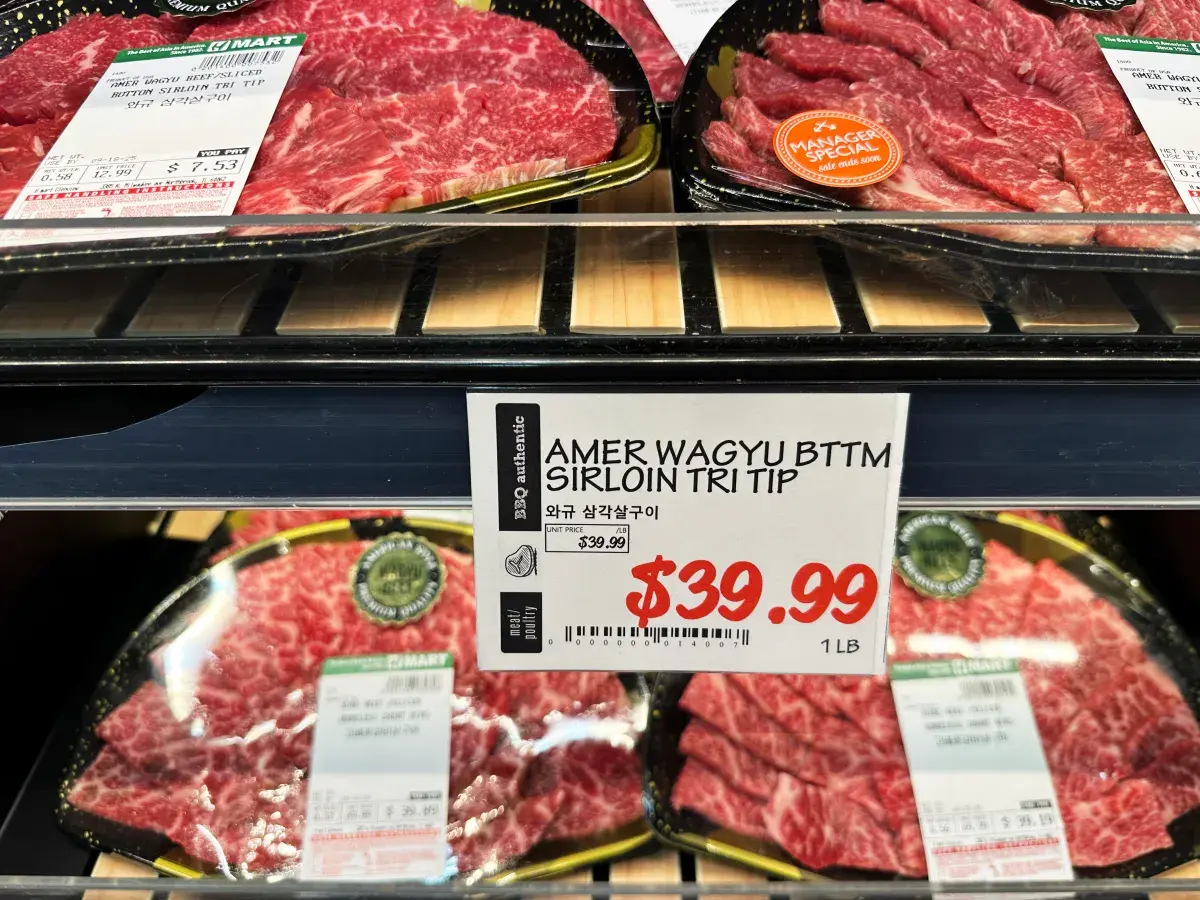
Skyrocketing beef prices are pushing more Americans to shop for alternatives, with younger consumers in particular now open to substituting the classic patty for a plant-based protein.
According to a new survey by Morning Consult and the nonprofit Physicians Committee for Responsible Medicine (PCRM), 60 percent of consumers are buying less beef—or avoiding it entirely—as a result of higher prices. That number rises to 72% should costs keep climbing as expected, compared to just 13 percent whose appetite for beef is unwavering.
Meanwhile, 35 percent said ongoing price hikes have led them to consider nonmeat alternatives—a figure which rises to 53 percent among Gen Z.
Why It Matters
Rising costs for agricultural goods have placed significant pressure on Americans’ budgets in 2025. While the cost of eggs has moderated after hitting all-time highs in February, dwindling cattle herds continue to weigh heavily on the price of beef. Experts previously told Newsweek that, due to the lengthy process needed to rebuild herds and the potential impact of new import taxes on the overall supply, it may be years before beef becomes more affordable.
What To Know
According to the latest Department of Labor data, the average price of 100-percent ground beef reached a record $6.32 per pound in August, up 12.8 percent over the past 12 months. For beef steaks, meanwhile, average prices have risen 16.6 percent to $12.22.
As experts told Newsweek previously, this surge has been driven by tighter supply and shrinking cattle herds, increased livestock production costs and new tariffs on key suppliers restricting foreign-sourced meat to match an ever-growing demand.
In an attempt to understand the effects of this change on consumer behavior, Morning Consult and PCRM surveyed 2,200 American adults between September 6 and September 7.
The survey found that, beyond discouraging shoppers from purchasing beef, rising prices have strengthened the case for plant-based proteins. Some 58 percent of those polled said that beef’s current costs were an either somewhat or very convincing reason to choose a nonmeat alternative, rising to 60 percent among Gen Zers surveyed. By comparison, only 46 percent cited health concerns as a compelling reason to make the switch, though the figure is far higher (64 percent) for the younger shoppers.
As well as plant-based alternatives, the survey shows that Americans are purchasing other meats that have seen less staggering price increases in recent months. Nearly a quarter (23 percent) said they had bought another type of meat as a result, and 70 percent would consider doing so if beef prices continue to rise. The latest data from the Labor Department revealed that the average price of chicken increased by 2.8 percent over the 12 months to August, while the price of pork price rose 1.2 percent.
What People Are Saying
Anna Herby, nutrition education specialist at the Physicians Committee for Responsible Medicine, told Newsweek: “We believe this signals the future of food production with more healthful plant proteins replacing the inefficient and environmentally costly production of meat.
“Another advantage of a future where more people are choosing plant-based protein is that producing plant protein requires fewer workers,” she added. “Overall, it’s much more efficient to raise food for people to eat directly rather than hire workers to raise crops to feed to cattle and then employ another set of (mostly immigrant workers) to slaughter the cattle.”
Andrew Griffith, professor of Agricultural and Resource Economics at the University of Tennessee, told Newsweek: “Beef prices will likely remain elevated for the next few years. This does not mean they will not decline over the next three years, but they are not expected to decline much relative to where beef prices have historically been. It will take increasing production or a hit in demand to make beef prices decline.”
What Happens Next?
Experts anticipate price increases easing in the coming months following the mid-season peak in demand, but say that the lengthy process of rebuilding herds means these will remain elevated for the foreseeable future.



